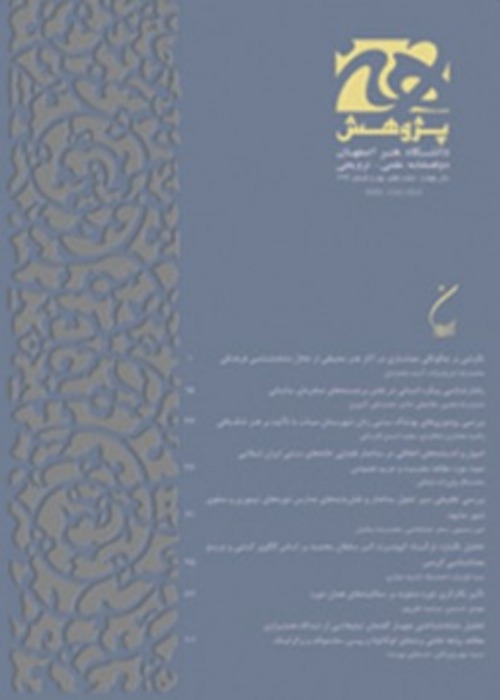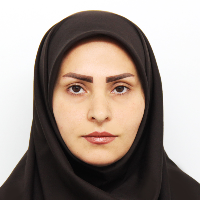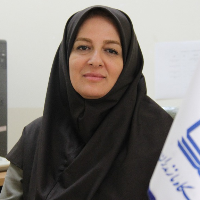Study of design of Captivity in Safavid textiles with a historical sociological approach
The subject of captivity is the most common subject of textiles of Shah Tahmasb period in the middle of the tenth century AH. An examination of the reasons for the pattern of captivity on these textiles shows that there are important purposes behind the formation of this role. It is important to study this subject when significant examples of them have been identified and dated, if there has been little artistic background on this subject so far. This provides the necessary motivation for this research. This provides the necessary motivation for this research. Therefore, the question that arises is what was the main reason for the role of captivity in the textiles of Shah Tahmasb period? Studies to date have identified the most important reasons for the formation of this role as Shah Tahmasb's successive expeditions to Georgia and the attainment of large numbers of male, female, and child prisoners. However, considering the role of these subjects only on the textiles of this period and its lack of formation on any other artistic field, the need for more research is felt, which is carefully in the political and social history of Shah Tahmasb period and changing the approaches of art supporters. This can be achieved by looking at past issues for textile design and the need to demonstrate the power and spiritual influence that prevails in the region. Among all the events of the period, the internal disputes of the Ghezelbash, the repentance of Shah Tahmasb and the rivalry with the Ottomans in the war against the infidels, along with religious restrictions in book illustration and also the practical role of textiles in managing one's inner feelings and the propaganda aspect of these textiles. Role-playing has been effective Among all the events of the period, the internal disputes of the Ghezelbash, the repentance of Shah Tahmasb and the rivalry with the Ottomans in the war against the infidels, along with religious restrictions in book illustration as well as the practical role of textiles in managing one's inner feelings and the propaganda aspect of these textiles. Role-playing has been effective. Thus, the present study with the approach of historical sociology to explain why and how this role is formed on the textiles of Shah Tahmasb period and the result of this discussion shows that a set of interrelated factors in this The period motivated the war with Georgia and the subsequent creation and production of these pictorial textiles.
- حق عضویت دریافتی صرف حمایت از نشریات عضو و نگهداری، تکمیل و توسعه مگیران میشود.
- پرداخت حق اشتراک و دانلود مقالات اجازه بازنشر آن در سایر رسانههای چاپی و دیجیتال را به کاربر نمیدهد.




